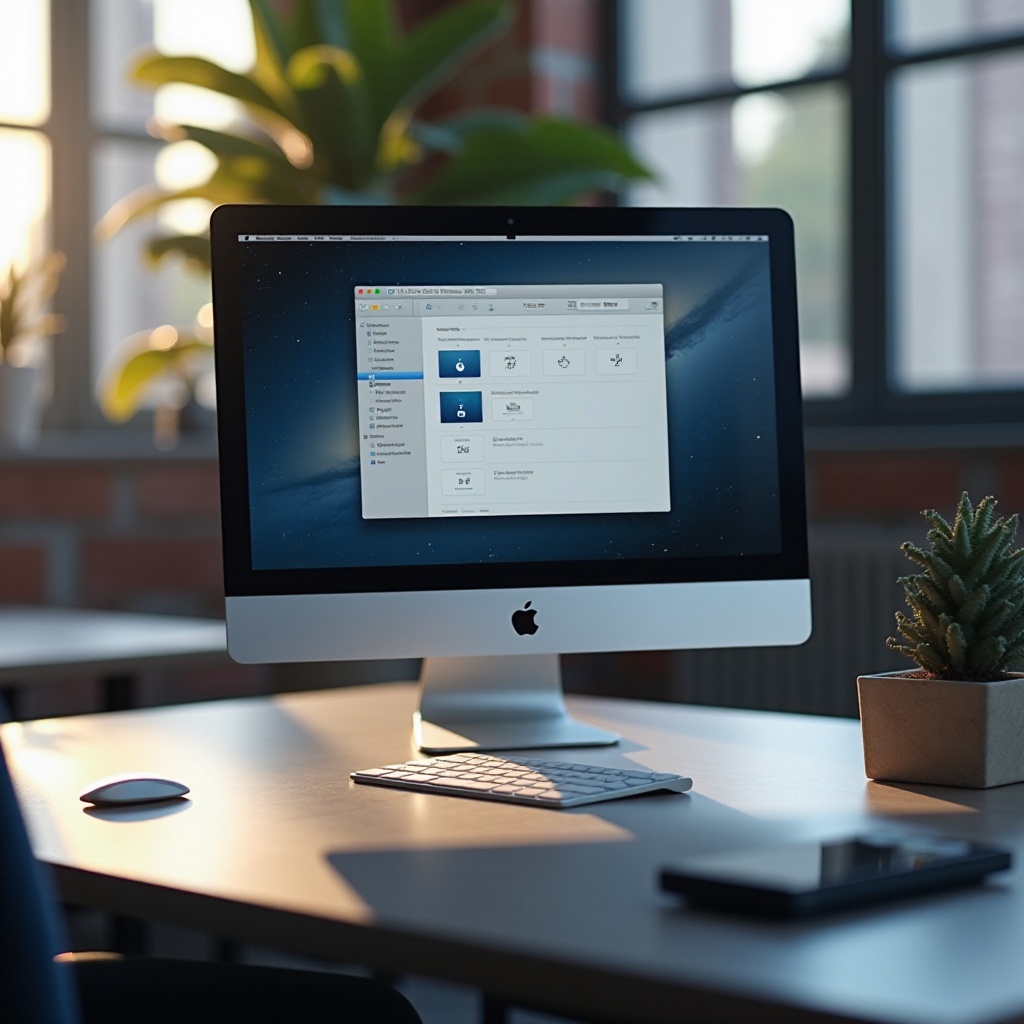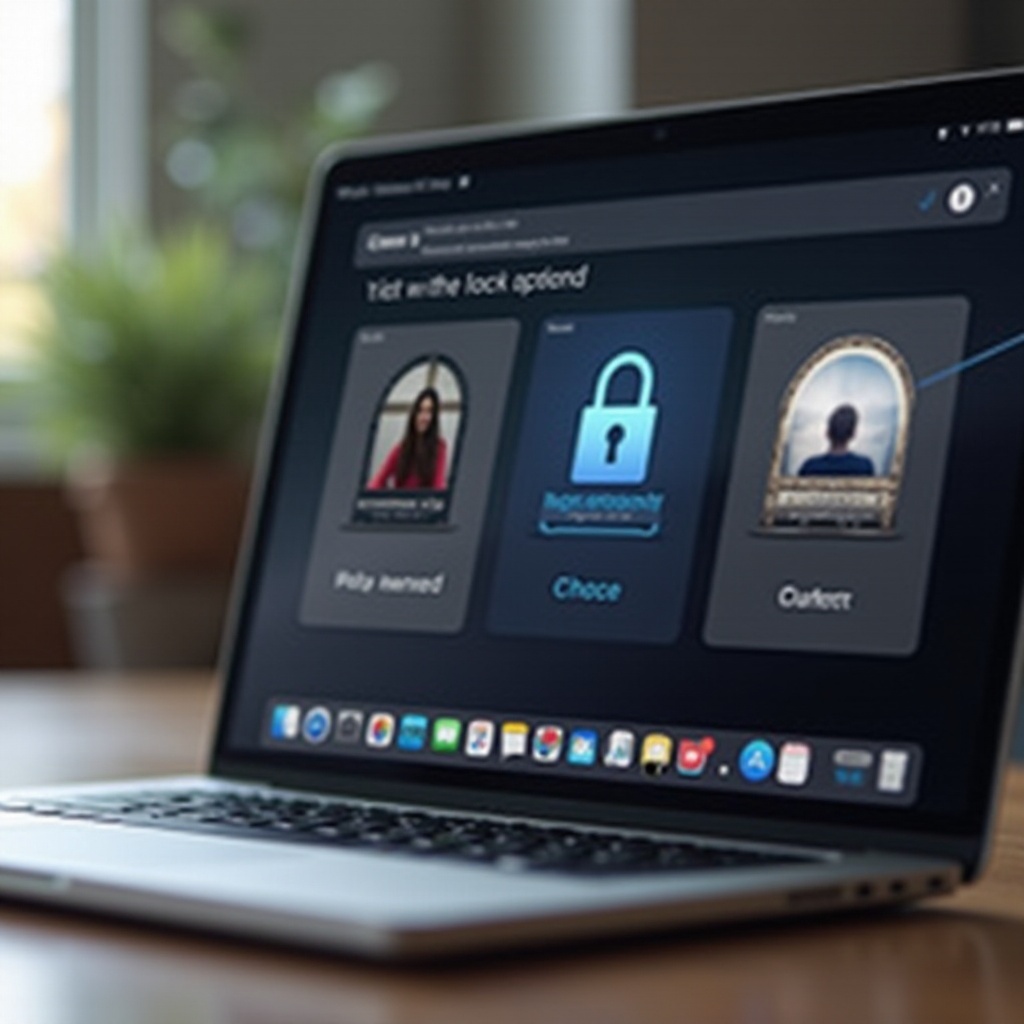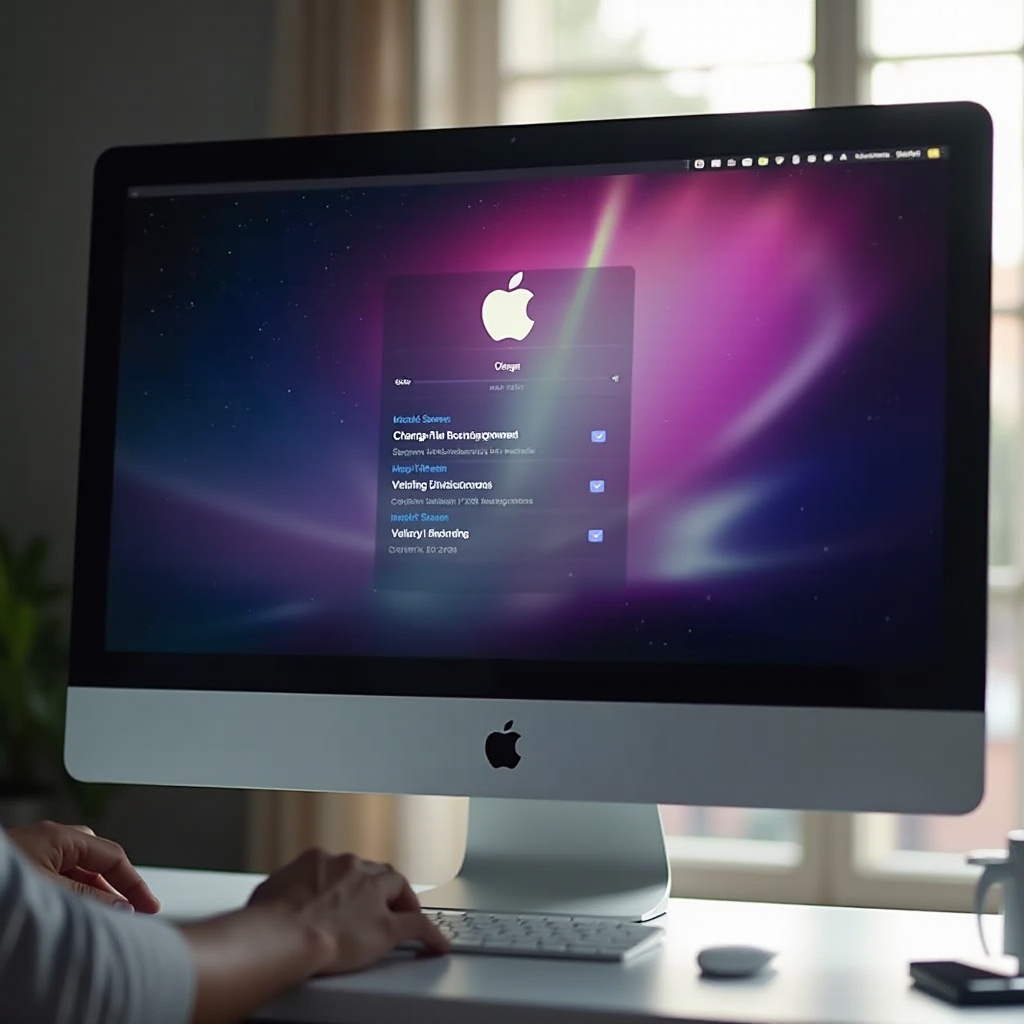How to Edit Lock Screen on Mac
Customizing your Mac’s lock screen not only enhances its aesthetic appeal but also improves your overall user experience. This step-by-step guide will help you personalize your Mac’s lock screen with both essential tips and advanced techniques.
Introduction
The Mac lock screen is your gateway to accessing your device. Despite its importance, it often remains underutilized in terms of customization. By tailoring it to your preferences, you turn a basic functional screen into something that reflects your personal style. This guide delves into easy customizations, like changing wallpapers, as well as advanced options that allow for a more unique interface.

Understanding the Mac Lock Screen
Before personalizing, it’s essential to understand the basic components and functions of the Mac lock screen. It serves as a security barricade while providing essential information and quick access tools.
What is the Lock Screen?
The lock screen protects your data by requiring user authentication. Beyond acting as a security feature, it also offers vital information like time and date, making it the first touchpoint in your daily Mac interaction.
Default Features and Settings
Default settings include fundamental options such as password entry, along with quick functions like system restart or shutdown. Familiarity with these default options lays the groundwork for further customization.

Preparing for Customization
Preparation is crucial before making any adjustments to your lock screen. Securing a backup and ensuring that your system is up-to-date will help in executing changes smoothly.
Backing Up Existing Settings
- Open ‘Time Machine’ from System Preferences.
- Connect an external hard drive.
- Select ‘Back Up Now’ to secure existing settings.
System Requirements for Changes
It’s vital to update your macOS to the latest version because updates usually introduce new features or improve existing functionalities, which could enhance lock screen customization.
Basic Customization Steps
With preparations complete, you can now proceed with basic modifications. These adjustments serve as a foundation for a more personalized user experience.
Accessing Lock Screen Settings
- Navigate to ‘System Preferences.
- Open ‘Desktop & Screen Saver.
- Visit ‘Screen Saver’ and configure ‘Hot Corners’ for specific functions.
Changing the Lock Screen Wallpaper
- Go to ‘Desktop & Screen Saver’ in System Preferences.
- Choose the ‘Desktop’ tab.
- Select an image from the available options or from ‘Photos.
- Consider dynamic wallpapers that adapt to time or location changes.

Advanced Customization Techniques
Explore advanced options for a distinctive lock screen experience. These techniques help go beyond superficial changes to deeper personalizations.
Adding Custom Messages
- Open ‘System Preferences’ and select ‘Security & Privacy.
- Go to the ‘General’ tab to find ‘Set Lock Message.
- Input a custom message to display on your lock screen.
Using Third-Party Applications
Applications like ‘Lock Screen Plus’ allow for enhanced customization. These tools can add interactive elements or unique themes, transforming your lock screen into a statement piece.
Making the Most of macOS Features
macOS is equipped with handy features that elevate your lock screen. Leveraging these can provide a more immersive user experience.
Leveraging Night Shift for Aesthetic Purposes
- Open ‘System Preferences’ and click ‘Displays.
- Select ‘Night Shift’ and set your schedule for automatic adjustments.
- Experience visual changes in screen temperature that complement your lock screen.
Utilizing Touch ID for Quick Access
- Open ‘System Preferences’ and access ‘Touch ID.
- Register fingerprints to enable quick and secure access.
By using Touch ID, you can effortlessly unlock your Mac, enhancing both speed and security.
Troubleshooting Common Issues
Issues with customization are rare but possible. Being prepared to troubleshoot ensures that your experience remains seamless.
Resolving Wallpaper Change Issues
Ensure your desired image is in a supported format such as JPEG or PNG. Reconnecting external monitors can reset and resolve display issues related to wallpapers.
Fixing Lock Screen Performance Problems
Check for apps that may interfere with system performance. Utilize the ‘Activity Monitor’ to manage system resources effectively.
Conclusion
A customized lock screen speaks to your individual style and enhances the Mac experience. From simple wallpaper changes to utilizing advanced third-party tools, these steps guide you through making your lock screen a personal statement.
Frequently Asked Questions
How can I set a custom message on my Mac lock screen?
Navigate to ‘System Preferences,’ select ‘Security & Privacy,’ go to the ‘General’ tab, and choose ‘Set Lock Message’ to input your custom message.
Why won’t my lock screen wallpaper change on macOS?
Ensure the image format is supported and check your ‘Desktop & Screen Saver’ settings. Reconfigure external display connections for multi-screen setups.
Are there any security concerns with customizing the lock screen?
To maintain security, avoid using personal info on the lock screen and ensure strong passwords and Touch ID settings for added protection.
